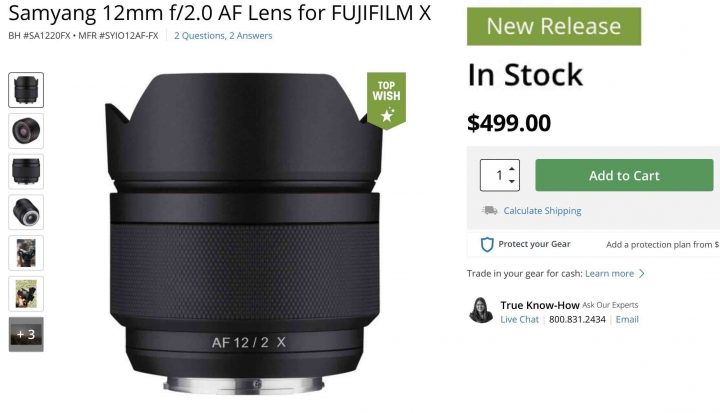Top 10 Gear to Look Forward in 2022 and Your Top Wishes for 2022 (Anything Goes – Almost)
Coming 2022 (For Sure)
So what can we look forward to in 2022?
Well, here are the 10 things we can be sure to enjoy this year (even if some of them are “just” rumors until now).
- Fujifilm X-H2
- Fujifilm X-H2 – no joke, twice
- Fujinon XF150-600
- XF 56mm f/1.2 MKII
- XF 18-120mm
- Viltrox 13mm f/1.4 AF X Mount
- GF 20-35mm – possible aperture range shared here
- Sigma X mount lenses
- More AF X mount lenses from Tamron
- TTArtisan 32mmF2.8 X autofocus mount lens
Your Fujifilm Wishes for 2022
Ok, I can hear your questions:
- what about the Fujifilm X-T5?
- will there be a Fujifilm X80?
- Since the GFX50R is discontinued, will there be a Fujifilm GFX50RII or eve GFX100R?
- is this the year we will get the Fujinon XF300mmF4 and XF500mmF5.6?
- will Fujifilm listen and give us our most wanted telephoto prime, the XF400mmF4?
- anything coming with a monochrome sensor?
- what about that amazing modular Fujifilm GFX?
- the Fujifilm X-T30II can’t be really called an X-T30 successor, so will be get the Fujifilm X-T40 after the Fujifilm X-H2?
- what will the computational photography features be in the upcoming Fujifilm X-H2?
- will Fujifilm go full frame?
- will there be more MKII lenses in addition to the XF56mmF1.2MKII?
Well, some of those questions I think Fujifilm managers quite categorically already answered in the past, such as the monochrome questions and full frame question. But hey, managers also categorically said that X mount is not compatible with IBIS, and look, at the end we got IBIS, and it is even one of the best in the industry.
I am also working on some other of those questions, and I already have first answers that I won’t share just yet as I want to have it not only twice, but multiple confirmed. I can’t go wrong when I share certain things ;).
But we will talk about all that soon enough.
What I would like from you now, is that you share your top wishes for 2022 in the comments. Anything goes, as long as it has something realistic to it. So for example, wishing for an X-E5 when we just got an X-E4 is not very realistic. Also a big and heavy Fujinon XF600mmF2 probably won’t make much sense, unless you would pay any amount for it and train a lot to be able to carry it around.
Other than that, from cameras to firmware or lenses… whatever your heart desires and wishes, feel free to share it in the comments down below.
The Fastest Growing Fujifilm Group
- Fujifilm Film Simulation Group (100% Fuji Colors Power)
Join Our Owners Groups
- Fujifilm GFX User Group
- Fujifilm X-T User Group
- Fujifilm X-S User Group
- Fujifilm X-H User Group
- Fujifilm X-E User Group
- Fujifilm X-Pro User Group
- Fujifilm X100 line Group
Join Our Facebook Pages





